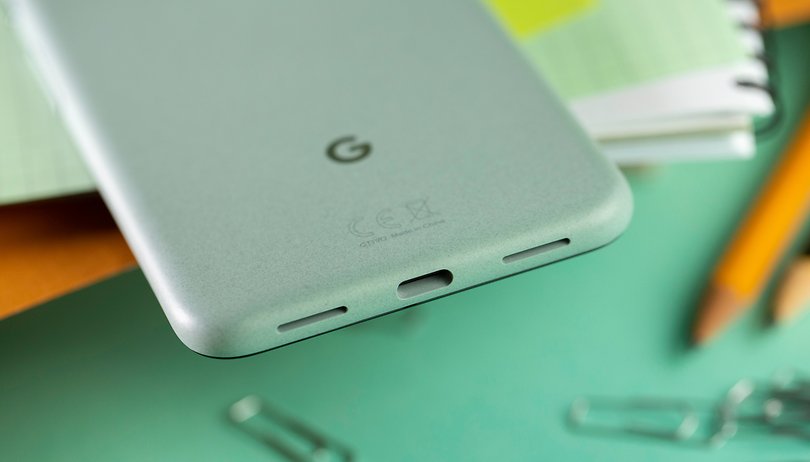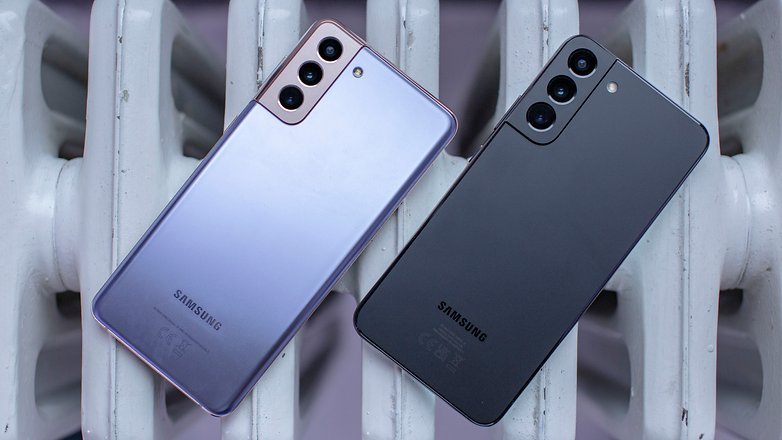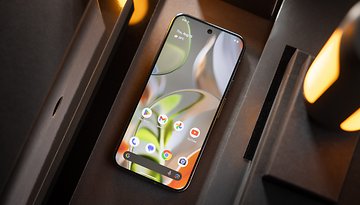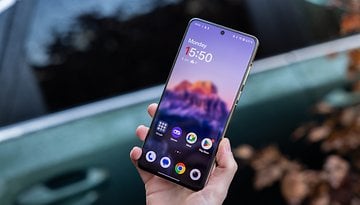Fix your Pixel: Google and iFixit help you repair your phone


Google has joined the ranks of Samsung and other smartphone manufacturers that will offer DIY self-repair kits and spare parts to its customers starting this year.
TL;DR
- Google announces self-repair service for its customers.
- DIY repair kits and genuine parts will be offered together with iFixit.
- The initiative will start by the end of 2022.
Similar to Samsung, Google is partnering with iFixit in providing repair kits and guides for customers and independent technicians. Google will offer major genuine parts like replacements for battery, display panels, charging ports, camera sensors and more.
These kits and replacement parts will be available to countries where Pixel smartphones are sold including US, Canada, Australia, the UK, and select Europe countries. Of course, customers will still have the option to send their broken Pixel devices to partnered repair shops. Old parts will also be recycled according to Google.

The Pixel devices mentioned in this DIY program will cover the Pixel 6 series all the way back to the ancient Pixel 2 – and could expand to the Pixel 7 once available in the future. This is far a pretty wide list compared to Samsung's initial supported devices of just the Galaxy S20 and S21 series.
The initiative is not new since self-repair programs have been launched by Google this year – but in tandem with brands like Acer and Lenovo. It enables schools in the US to establish repair programs in their vicinity and Google will provide them with materials and guides.
- Read also: Best compact smartphones in 2022 compared!
Other companies have also announced their interest in the same sustainability program. Apple is already planning to launch its own iPhones and iPads repair solution this year while Microsoft is already implementing it on Surface laptop and tablet devices.
With more repair programs being available, how do you intend to fix your broken smartphone in the future? Let us know in the comment section below.
Source: Google
















